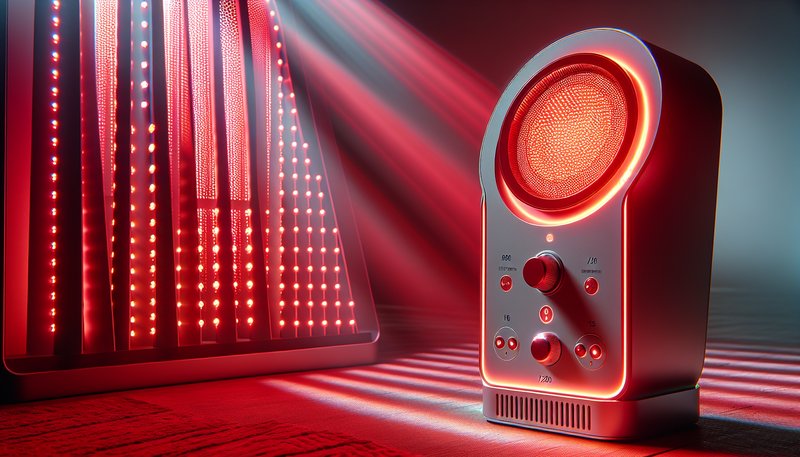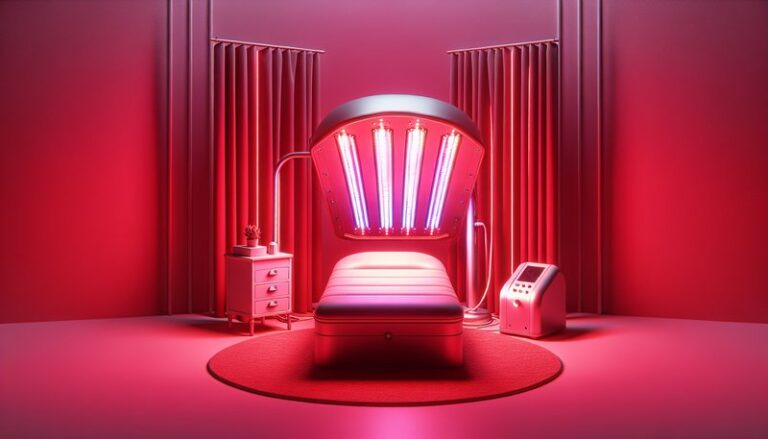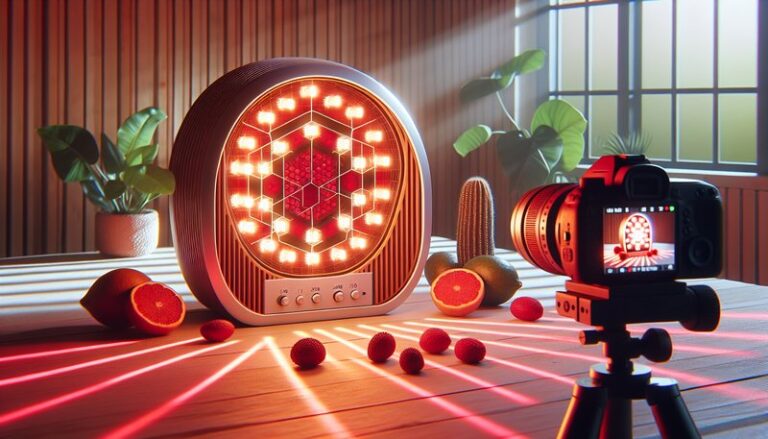How Far Does Red Light Therapy Penetrate?
How Far Does Red Light Therapy Penetrate?
Are you curious about the depths of red light therapy and its potential impact on your health?
This article will explore the penetration depth of red light therapy, examining how far the light wavelengths travel into the skin, the benefits associated with its use, and important considerations for effective treatment. By understanding the mechanics and practical applications, you’ll be better equipped to assess whether red light therapy is the right choice for you.
Key Takeaways
- Red light therapy typically penetrates the skin to a depth of about 2-5 centimeters.
- The effectiveness depends on the wavelength used and the energy density delivered during treatment.
- Various factors influence penetration depth, including skin type, age, and overall health.
What is Red Light Therapy?
Red light therapy (RLT) is a non-invasive treatment that utilizes specific wavelengths of light to promote healing and wellness. Typically ranging from 600 to 900 nanometers, red and near-infrared light is absorbed by the skin and interacts with cells to enhance cellular function and inflammation reduction.
The therapy works on the principle of photobiomodulation, where light energy stimulates biological processes. This makes it an attractive option for people seeking relief from various ailments, including skin conditions, joint pain, and muscle recovery.
How It Works
When applied, red light therapy promotes ATP (adenosine triphosphate) production in cells, which is crucial for energy transfer and metabolic function. Additionally, it encourages the release of nitric oxide, improving blood flow and accelerating healing processes.
What are the Benefits of Red Light Therapy?
Red light therapy offers numerous advantages, making it a growing popular choice in clinical and at-home settings. The following benefits highlight its versatility and effectiveness.
Promotes Tissue Repair
Red light therapy has been shown to accelerate tissue repair and regeneration. Studies suggest that it can enhance wound healing and reduce scar tissue formation by promoting increased collagen production.
Reduces Inflammation and Pain
Many individuals experience relief from inflammation-related pain, such as arthritis or muscle tendon injuries. The anti-inflammatory effects of red light can provide a non-pharmaceutical option for pain management.
Enhances Skin Health
Regular sessions of red light therapy can improve skin tone, texture, and elasticity. Conditions such as acne, psoriasis, and eczema can benefit from the light’s ability to promote healing and reduce inflammation.
Improves Mood and Sleep
Emerging research indicates that red light exposure can affect mood and sleep patterns, possibly by influencing melatonin production. This could make it beneficial for those suffering from insomnia or seasonal affective disorder (SAD).
Is it Possible to Measure Penetration Depth?
Yes, measuring penetration depth is crucial for understanding the efficacy of red light therapy. It often varies based on several factors, including the wavelength of light used and the individual’s unique skin characteristics.
What are the Advantages of Measuring Penetration Depth?
Understanding how deeply red light penetrates can greatly enhance treatment strategies.
- Optimizes Treatment Protocols: Knowing the exact depth helps practitioners select the appropriate devices and wavelengths for specific needs.
- Personalized Approaches: Different skin types may respond differently, allowing for tailored treatments that maximize benefits.
- Improves Patient Outcomes: More precise penetration leads to better results, particularly in treating chronic conditions or wounds.
What are the Disadvantages of Measuring Penetration Depth?
Despite its benefits, some challenges exist.
- Variability: Individual differences make it hard to apply a one-size-fits-all metric.
- Complexity: Measuring equipment can be expensive and requires training to use accurately.
- Limited Consensus: Research is still evolving, leading to variability in measurement approaches.
What are the Things to Consider Before Starting Red Light Therapy?
Before delving into red light therapy, it’s essential to weigh important factors to ensure its effectiveness and safety.
Skin and Health Conditions
Understanding your skin type and existing health issues can influence treatment outcomes. Consult with a healthcare professional if you have specific conditions such as photosensitivity or a history of skin cancer.
Device Quality
Not all red light devices are created equal. Investigate the device’s specifications, such as the wavelength, intensity, and irradiance, to ensure it’s suited for therapeutic applications.
Treatment Frequency and Duration
Establishing a consistent treatment schedule is critical for achieving desired results. Consider your lifestyle and be realistic about time commitment when setting up a regimen.
What are the Alternatives to Red Light Therapy?
If red light therapy is not suitable for you, several alternative treatments may offer similar health benefits.
Laser Therapy
Laser therapy uses focused light energy to target issues in the skin or tissue, providing precise and powerful treatment options for pain relief and skin rejuvenation.
Ultrasound Therapy
This method utilizes sound waves to stimulate tissue repair and reduce inflammation, making it effective for joint and muscle injuries.
Cold Laser Therapy
Cold laser therapy is similar to red light therapy but operates at lower energy levels, aiming primarily at pain relief rather than tissue healing.
Conclusion: Is it Recommended to Use Red Light Therapy?
Based on the information presented, red light therapy can be a valuable treatment option for various conditions, particularly those related to healing, inflammation, and skin health. Its penetration depth, typically between 2-5 centimeters, indicates it can effectively reach deeper tissue layers. However, individual factors should be considered, and consulting with a healthcare professional is advisable to tailor the therapy to your specific needs.
Discover more in Cost of Red Light Therapy?
Discover the complete story Is Red Light Therapy Good for Eyes?
Frequently Asked Questions
How often should I undergo red light therapy sessions?
Typically, sessions are recommended 2-3 times per week, but individual needs may vary based on the condition being treated.
Is red light therapy safe for everyone?
Generally, it is regarded as safe. However, individuals with specific health concerns or skin sensitivities should consult healthcare professionals before starting treatment.
Can red light therapy help with weight loss?
While it may aid in improving muscle tone and reducing fatty tissues, it’s not a stand-alone weight loss solution. Combining it with diet and exercise is essential for best results.
What should I expect during a session?
Most sessions involve sitting or lying down near a device emitting red light. The process is painless, and sessions usually last from 10 to 30 minutes.
Can I use red light therapy at home?
Yes, there are numerous devices available for personal use, but it’s important to research their effectiveness and safety before purchase.






